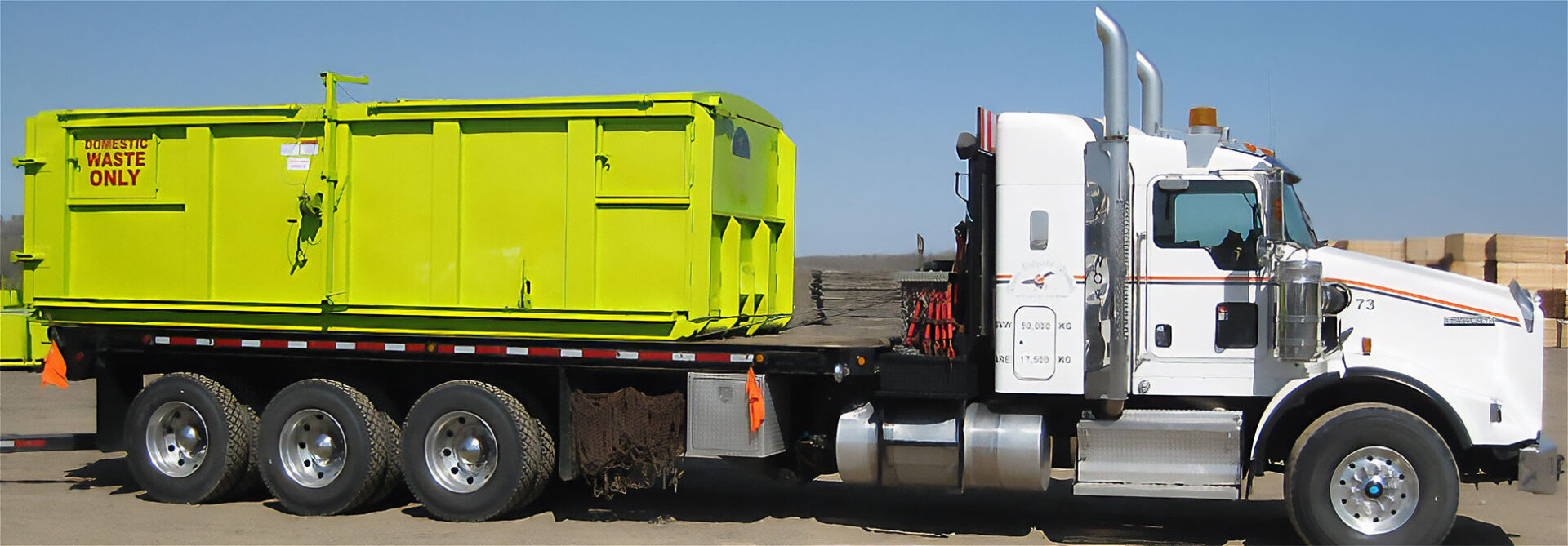Everything About Oil Field Equipment and Pipeline Equipment: Key Insights and Vital Info
Oil field equipment and pipeline systems play a crucial function in the oil and gas sector. They are crucial for the efficient extraction and transport of hydrocarbons. Trick parts, such as piercing rigs and tank, straight impact operational success. Advancements in innovation promise to enhance safety and performance. Comprehending these components is vital for any person associated with or interested in this complicated sector, as it establishes the stage for deeper expedition of sector methods.

Overview of Oil Field Equipment
As the need for oil remains to grow, recognizing the devices made use of in oil fields comes to be increasingly necessary. Oil field equipment includes a vast array of equipment and devices crucial for expedition, removal, and processing. Key elements include drilling rigs, which are critical for getting to oil storage tanks, and production devices, such as separators and pumps, that promote the removal procedure. Superior rentals squeeze tools. Additionally, storage containers play a significant function in holding crude oil before transportation. Safety equipment, consisting of blowout preventers and stress evaluates, assures functional safety and security and efficiency. Each tool features cohesively to maximize production and keep efficient operations. Familiarity with this equipment is essential for experts in the sector to guarantee effective procedures and adherence to safety requirements
Kinds Of Drilling Rigs and Their Applications
Drilling rigs act as the foundation of oil extraction procedures, with various kinds developed for specific geological conditions and functional demands. The most usual types include rotary boring rigs, which use a turning drill bit to penetrate the planet, and wire device rigs, known for their percussion drilling technique. For offshore procedures, jack-up rigs and semi-submersible rigs offer stability and assistance in aquatic environments. Furthermore, directional drilling rigs make it possible for drivers to pierce at angles, getting to deposits that are not up and down accessible. Each gear type has unique benefits, enhancing effectiveness and safety and security based upon the boring atmosphere. Selecting the suitable gear is important for making best use of source removal while lessening ecological impact and functional expenses.

Vital Pipeline Equipment and Their Features
Pipeline framework is essential for the transport of oil and gas from extraction websites to processing facilities and end-users. Numerous important tools elements promote this process. Pipelines themselves act as the key conduits, created review to stand up to high pressure and destructive materials. Pump stations are vital for preserving circulation by improving stress along the pipeline. Shutoffs play an essential duty in regulating circulation and separating sections for maintenance. In addition, installations and ports ensure secure joints in between pipe sections. Keeping an eye on systems, consisting of circulation meters and pressure sensing units, are important for finding leaks and optimizing flow prices. Pigging equipment is utilized for upkeep and cleansing, securing pipeline honesty and effectiveness. With each other, these elements form the foundation of a trustworthy pipeline system.
Advancements and Technologies in Oil and Gas Equipment

Safety and Upkeep Practices in the Oil Sector
While the oil industry has made significant strides in technology and effectiveness, the significance of browse around this site robust safety and maintenance practices can not be overstated. Reliable safety and security methods are vital to secure workers and the setting, minimizing the threat of accidents and spills. Normal examinations and upkeep of devices help recognize potential concerns before they escalate, ensuring operational stability. Educating programs for workers are vital, stressing the relevance of security recognition and emergency action procedures. In addition, adherence to market guidelines and standards cultivates a society of safety and security. Implementing sophisticated surveillance technologies can better improve upkeep techniques, allowing for real-time analyses of equipment conditions. Ultimately, prioritizing security and maintenance is indispensable to the sustainability and success of the oil market.
Regularly Asked Questions
What Are the Ecological Effects of Oil Field Equipment?
The ecological influences of oil field equipment consist of habitat devastation, water contamination, and air contamination (Superior rentals squeeze tools). Furthermore, devices malfunction can result in spills, detrimentally influencing wildlife and ecosystems, highlighting the need for stringent regulations and monitoring
Exactly How Is Oil Field Equipment Moved to Remote Locations?
Carrying oil field equipment to remote areas often involves specific lorries, helicopters, or barges. Logistics business coordinate routes, guaranteeing tools gets here safely and effectively, taking into consideration surface and ease of access to decrease hold-ups and optimize performance.
What Regulatory Standards Govern Oil Field Equipment?
Regulatory requirements governing oil field equipment mainly consist of safety and security, environmental management, and operational performance standards. Agencies such as OSHA and EPA enforce these guidelines to assure safe practices and reduce eco-friendly impact in oil extraction operations.
What Abilities Are Needed to Run Oil Field Machinery?

Just How Do Oil Prices Influence Equipment Need and Use?
Oil prices substantially influence tools need and use. Higher prices typically bring about increased exploration and production tasks, driving need for equipment. Conversely, lower rates may result in reduced operations and lowered requirement for equipment.